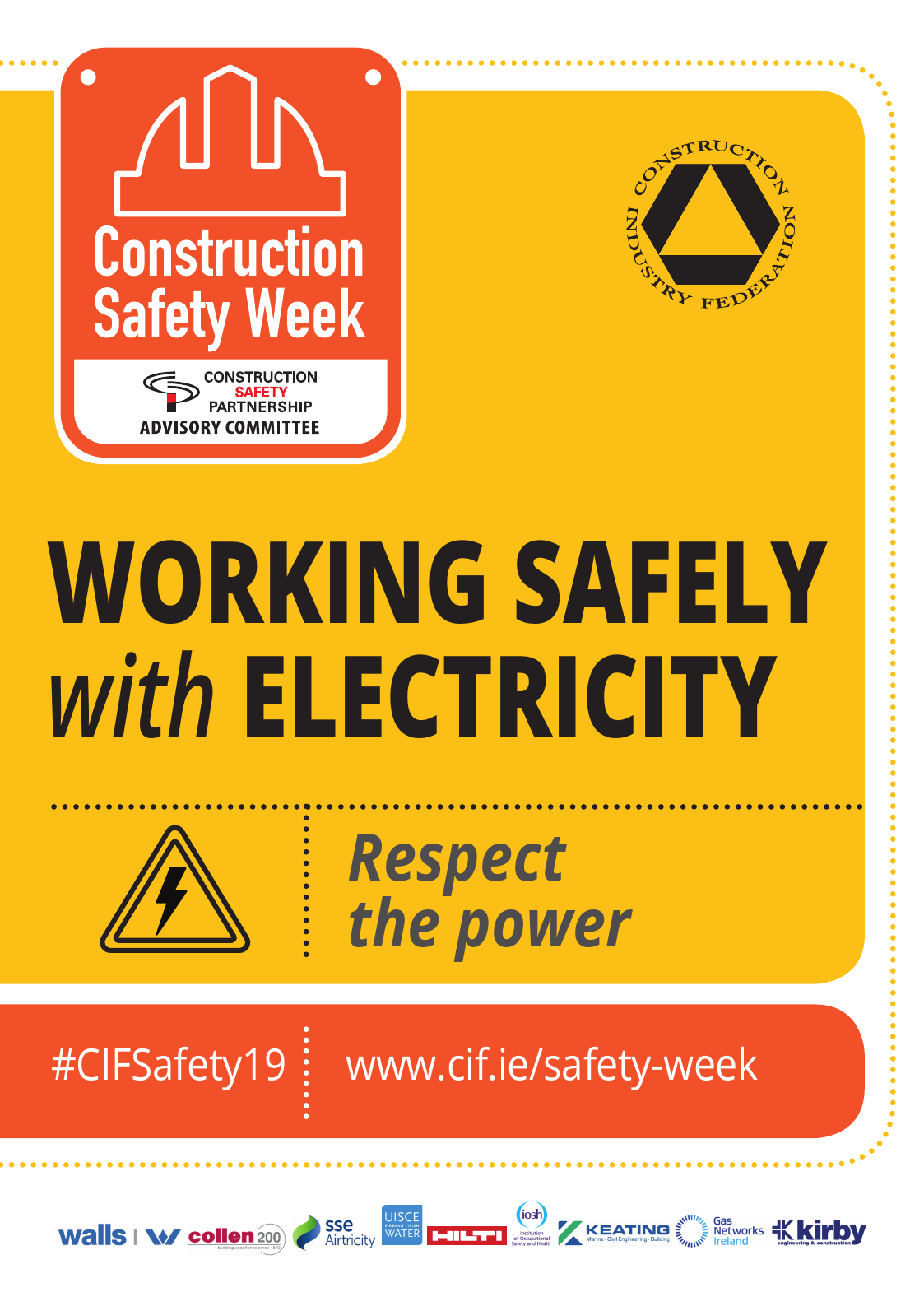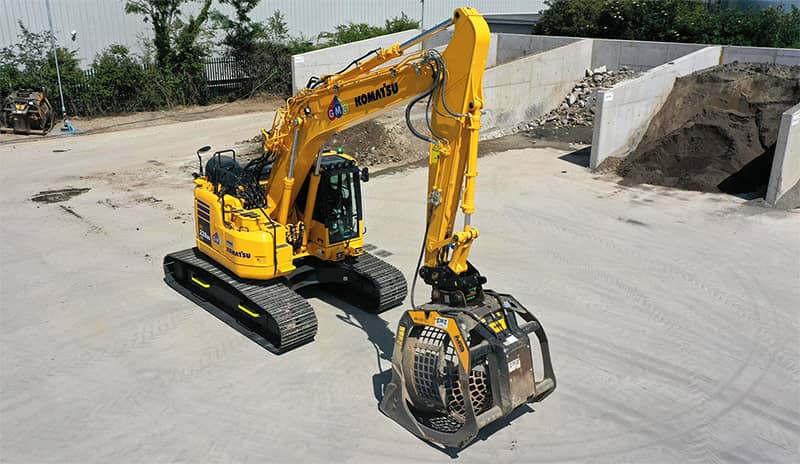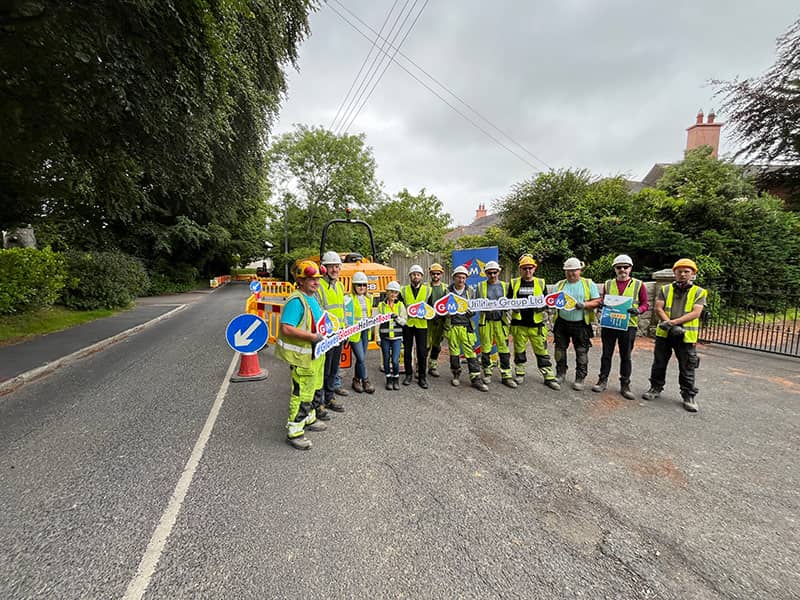




According to the HSA, Code of Practice for Avoiding Danger from Underground Services, injuries that result from damage to live electricity cables are usually caused by the explosive effects of arcing current and by any associated fire or flames that may follow when the sheath of a cable and the conductor insulation are penetrated by a sharp object such as the point of a tool, or when a cable is crushed severely enough to cause internal contact between the sheathing and one or more of the conductors. Typically, this causes severe and potentially fatal burns to the hands, face and body. Some high-voltage electricity cables (e.g. 38kV and higher voltage) are filled with oil and, if damaged, the oil may auto-ignite and create an explosion or fire. There is also a risk of electric shock when underground services are damaged.
Contractors are responsible for managing the risks associated with work near overhead electricity wires and underground cables, thus competent person(s) need to review past site records and utility drawings in advance of works and to liaise with the respective utility providers (where applicable). For example, if planning work near overhead electricity wires, contact ESB Networks in advance so that the necessary safety precautions can be evaluated. Avoid construction activity within 10 metres of live overhead electricity lines and any activities that may result in a reduction in the safe line to ground clearance
GMC will be delivering TBT’s across all projects on Working Safely with Electricity with a particular focus on works near underground & overhead electricity cables. We will also be carrying out demonstrations on the use of cable height meters on all projects to highlight one of the key control measures when working in the vicinity of overhead electricity cables.



